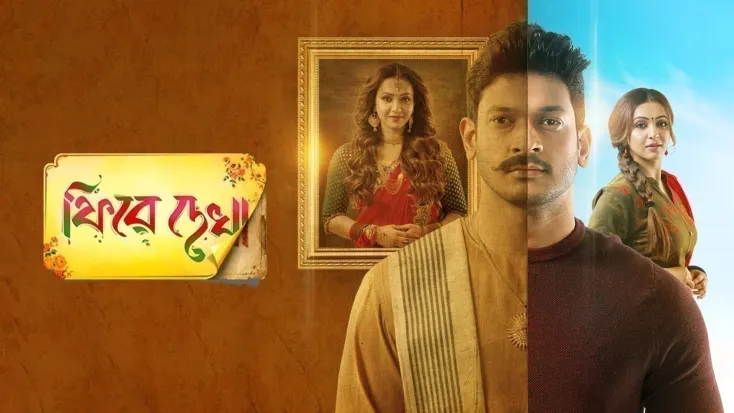

In addition, such narratives often portray the supposed “innocent” sensuality and sexual forwardness of the mountain maiden both as a pretext for erotic spectacle and as a plot-driving motif e.g., with a self-assertive Pahari girl boldly choosing an outsider, pardesi boy in defiance of her family and community. The basic scenario lends itself to a complex array of thematic polarities that have often been explored in Hindi films: e.g., the equation of woman with nature, purity, and tradition and of man with modern civilization and its attendant ills the contrast between the rustic (both valorized as pure, natural, and indigenous, and critiqued as coarse, “junglee,” and backward) and the urban (again, both in its positive valuation as modern, educated, and progressive, and in its negative depiction as westernized, callous, and corrupted), and the tension between the regional or local (embodied in ethnic costume and cultural practice) and the cosmopolitan or national (expressed in the centrism of nationalist ideology and through a supposedly pan-Indian-although in fact mainly north Indian-urban lifestyle). Studios), to Shakti Samanta’s 1964 Kashmir Ki Kali (“bud of Kashmir,” starring Shammi Kapoor as the runaway son of an industrialist and Sharmila Tagore as a flower-seller in the Vale), to 1985’s blockbuster Ram Teri Ganga Maili (“Ram, your Ganges is tainted,” again directed by Kapoor). In Hindi cinema, this theme has long been a favorite that has regularly generated hits, ranging from Raj Kapoor’s 1949 Barsaat (“Monsoon,” famous for its image of Nargis, as a Kashmiri maiden, swooning in the arms of the violin-playing poet-hero, which became the logo of Kapoor’s R.K. In India, stories in which a boy-from-the-plains meets and falls in love with a girl-from-the-mountains-after which complications ensue-are as old as….well, the hills-or at least as old as the classical epics. Rahman Lyrics: Anand Bakshi Art direction: Sharmishtha Roy Audiography: Rakesh Ranjan Choreography: Saroj Khan, Ahmed Khan, Shiamak Davar Cinematography: Kabir Lal. Story: Subhash Ghai Dialogues: Javed Siddiqui, Subhash Ghai Screenplay: Sachin Bhowmick, Subhash Ghai Music: A. Produced, Directed, and Edited by Subhash Ghai


 0 kommentar(er)
0 kommentar(er)
